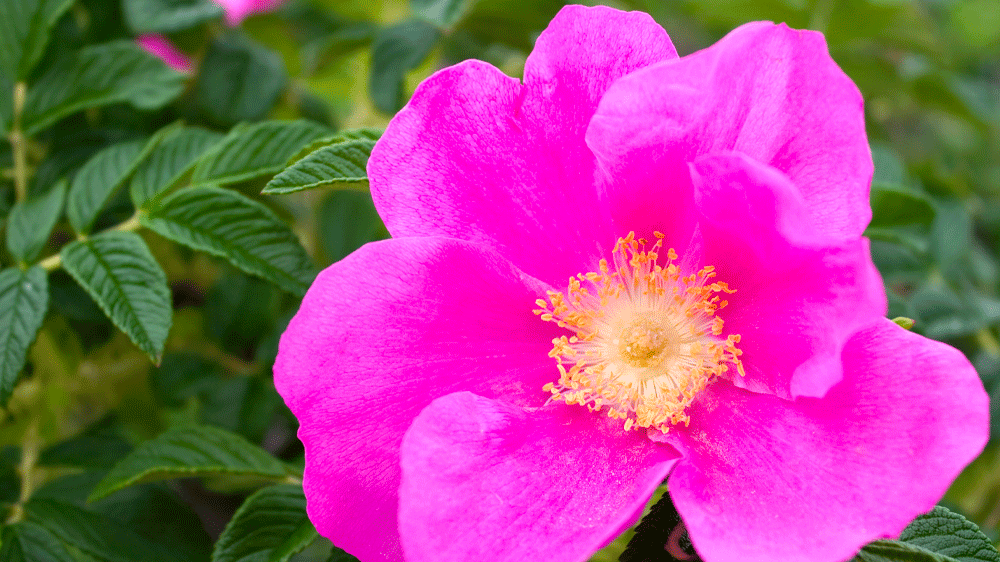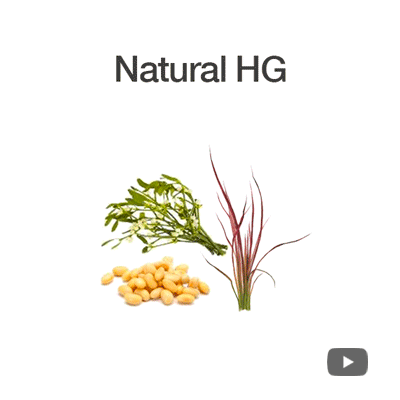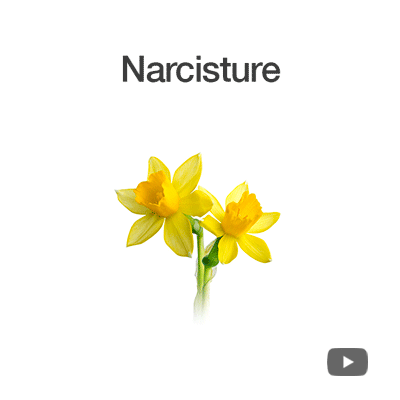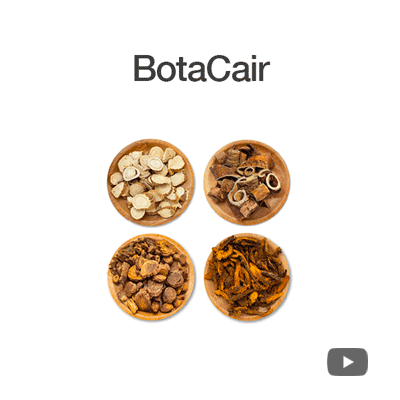Rugosa Rose Extract
#rugosa rose #skin brightening #anti-aging

- INCI Name
- Rosa Rugosa Root Extract
- IECIC Name
- -
- Efficacy
- Brightening, Anti-aging, Anti-oxidant, Anti-inflammation
- Certification
Rosa rugosa, called as rugosa rose, grows in coastal areas of East Asian countries such as Korea, China, and Japan. Because of the pleasant aroma, the flowers are used to flavor tea and cake, and in China, they are used in making a refreshing cool summer drink. For medicinal purposes, the flower buds are used to treat diarrhea, bleeding, and liver depression in females. In Korea and Japan, R. rugosa is used in the treatment of diabetes mellitus, arthritis, menstrual irregularity, diarrhea, and chronic inflammatory diseases.
Different parts of R. rugosa have been reported to have different health benefits; the root is used for anti-diabetic, immunomodulatory, and anti-oxidation purposes; the stem and leaf are used for anti-oxidant and anti-tumor activity; and the flower is used for anti-hypertension. Scientifically, R. rugosa root is reported to have anti-oxidant, anti-inflammatory, skin brightening, and anti-aging activities. Due to the high amount of β-carotene and γ-tocopherol, R. rugosa is regarded as a good vitamin source. The reported constituents isolated from the roots are β-sitosterol, campesterol, quercetin, β-sitosteryl 3-o-β-D glucopyranoside, kaji-ichigoside F1, rosamultin, and arjunetin(+)-catechin.
- Recommended Product
-
 #3 TKM plants #skin moisturizing #skin soothing Natural HG
#3 TKM plants #skin moisturizing #skin soothing Natural HGSaccharomyces/Viscum Album (Mistletoe) Ferment Extract, Lactobacillus/Soybean Ferment Extract, Saccharomyces/Imperata Cylindrica Root Ferment Extract
-
 #narcisture #anti-inflammatory #skin moisturizing Narcisture
#narcisture #anti-inflammatory #skin moisturizing NarcistureNarcissus Tazetta Bulb Extract
-
 #3 leaves #anti-microbial #anti-oxidant Natural DO
#3 leaves #anti-microbial #anti-oxidant Natural DOChamaecyparis Obtusa Leaf Extract, Eucalyptus Globulus Leaf Extract, Pinus Densiflora Leaf Extract
-
 #4 TKM plants #hair care #scalp care BotaCair
#4 TKM plants #hair care #scalp care BotaCairSophora Flavescens Root Extract, Scutellaria Baicalensis Root Extract, Coptis Japonica Root Extract, Morus Alba Bark Extract
- Product Inquiry








